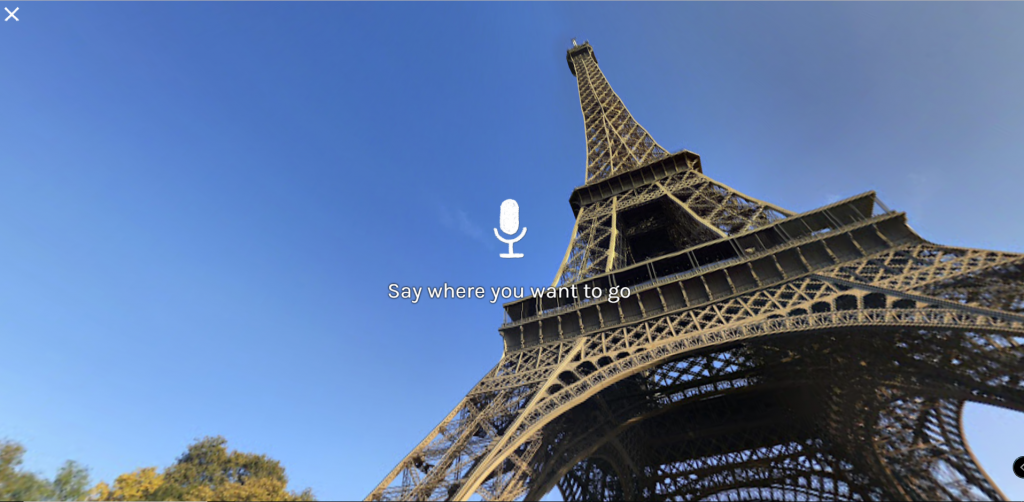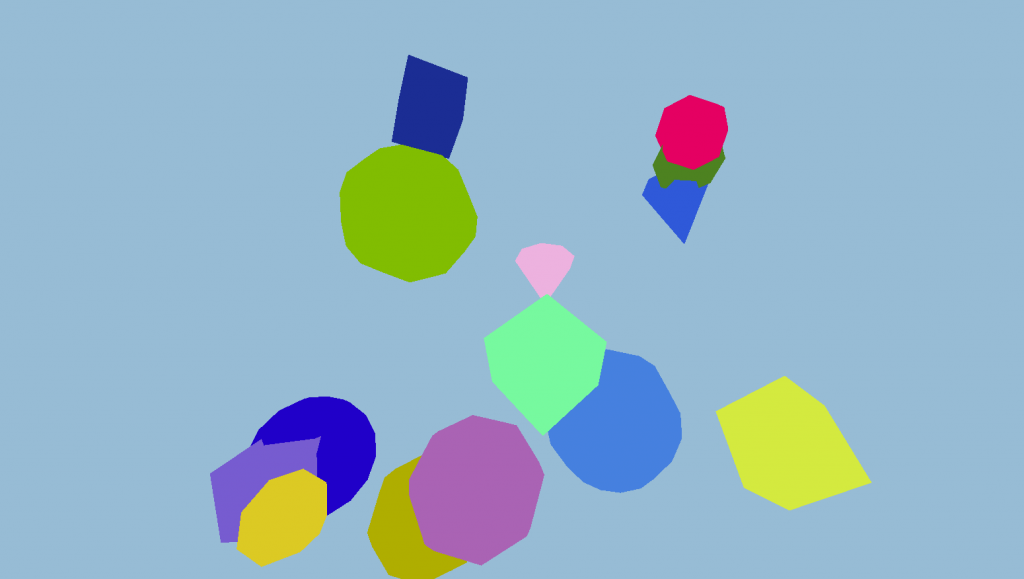Pressure Project 3: Magic Words
Posted: October 21, 2019 Filed under: Uncategorized 1 Comment »For this pressure project I wanted to move away from Isadora since I prefer text-based programming and it is just something that I am more comfortable doing. I also experienced frequent crashes and glitches with Isadora and I felt I would have a better experience if I used different technology.
For this experience, we had to reveal a mystery in under 3 minutes. I spent some time searching the web for cool apis and frameworks that I could use that would help me achieve this task. Something that ended up inspiring me was Google’s speak to go experiment with the Web Speech API.

You can check it out here: https://speaktogo.withgoogle.com/
I found this little experience very amusing and I wondered how they did the audio processing. That’s how I stumbled upon the Web Speech API and the initial idea for the pressure project was conceived.
I had initially planned on using 3d models with three.js that would reveal items contained inside them. The 3d models would be wrapped presents and they would be triggered by a magic word. Then they would open/explode and reveal a mystery inside. However, I ran into a lot of issues with loading the 3d models, CORS restrictions, and I decided that I did not have enough time to accomplish what I had originally intented.
So, in the end I decided on using basic 3d objects that are included in the three.js standard library and having them do certain actions when triggered with the mystery being the specific words that would cause an action and what action they caused (since some are rather subtle).

You can get the source code here:https://drive.google.com/file/d/1RbOzD3Ktrbp2VpqDNj6SQSWb83hOEA2U/view?usp=sharing
One Comment on “Pressure Project 3: Magic Words”
Leave a Reply
You must be logged in to post a comment.
I love the insightful way in how you point out the importance of priming!
Indeed, the critique was not successful in being unbiased/reset of focus from previous critiques. Your observation that the focus was on what ‘project was not’, excellent. This is reinforced I bet by the question of “How did this inspire you?” . . . Perhaps I can provide more structure for how to address that ever important first question: “What just happened?”
. . . I love trying to think about how I would have to design something without any direct interaction being possible between myself and the participants/consumer/experiencer.